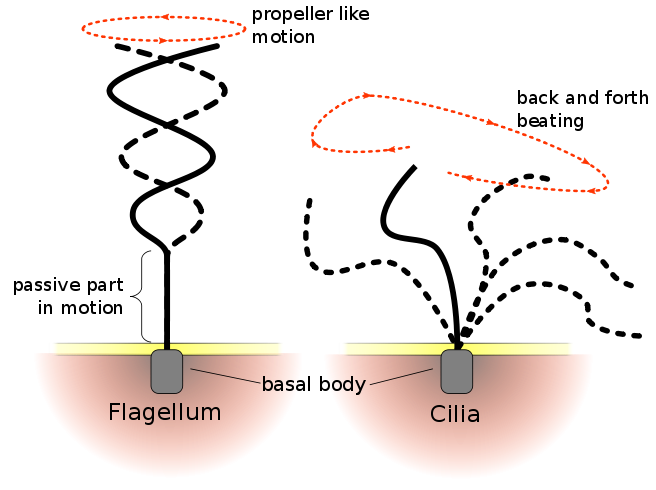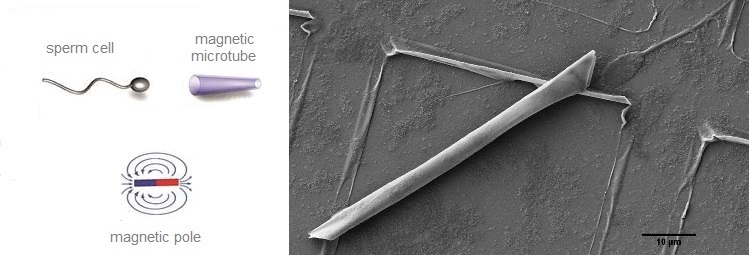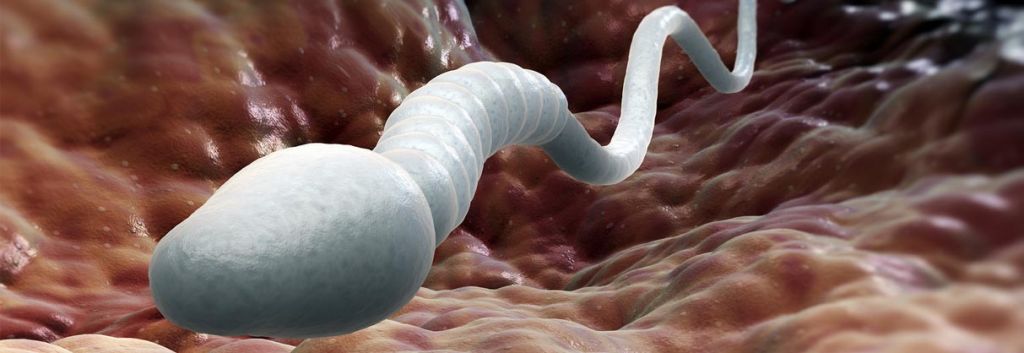Reserchears at IFW Dresden were trying to create a nanorobot for drug delivery and even gene manipulation. They ended up using one of the motors created by nature – the flagella of sperm cells.
 Drug delivery is a key part in the development of new drugs, and an active field of research with academy-industry partnerships.
Drug delivery is a key part in the development of new drugs, and an active field of research with academy-industry partnerships.
Examples of ideas on how to deliver drugs include research into cubosomes and even ‘cell-squeezing’ technology.
And such nanotechnology can localise the therapeutic effect in specific cells or a specific organ – to therefore minimize potential toxic effects in other tissue (like the prostate cancer therapy by Nanobiotix in France).
To achieve high precision in delivery, researchers at Dresden Institute for Integrative Nanosciences (part of IFW Dresden) in Germany conceptualised a nanobot that could be directed (like a very small remote control car) to its target.
However, the problem with this approach is the need for batteries to power such nanobots. To be propelled across bodily fluids, a substantial amount of energy is needed – and the type of battery that could provide this power would be toxic for the body.
So, instead they turned to nature’s toolkit for potent biomotors, and came up with….Sperm.

Sperm cells were a good candidate as they are roughly the same size as the microtubes the research group was already producing – and they are physiologically harmless and readily available.
The remaining challenge was to be able to control the sperm cells remotely. To achieve this, the researchers developed a method to trap sperm cells in microtubes made of titanium and iron – to make them magnetic.
Sperm usually moves in a random direction, but if it is inside a microtube and there is a magnetic field, it will move towards the south pole – becoming a bit like a man-made version of magnetotactic bacteria.
This effect could then be taken advantage of to drive the cells along specific paths. Et voilá, a spermbot!

In addition, their fabrication process would allow to make hundreds of spermbots per chip of microtubes. So there is potential for creating an affordable real-life application of this technology.
For example, they are primarily investigating their use in assisted fertilization. Engineering a way for the microtube to fall off when the sperm is near the target, and then direct the microtube outside the body.
Much still has to be tested and worked upon though before drug delivery with spermbots becomes a real possibility.
This is an ingenious example of engineering nature – so will someday our drugs be delivered by encapsulated sperm?
The American Chemical Society (ACS) gives us the lowdown on Spermbots…
Featured image: Single Male Sperm Cell – © Lexxlam (BigStock ID81359600)





